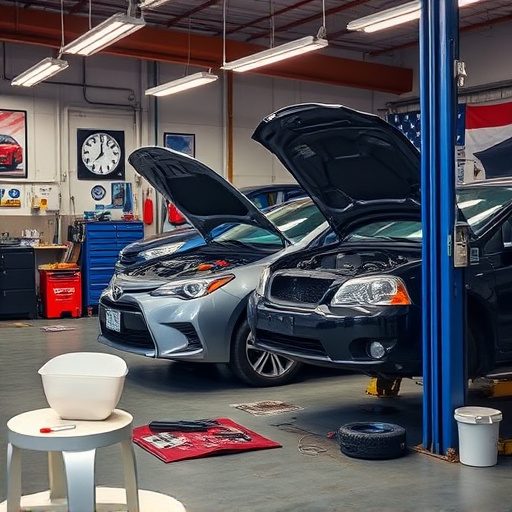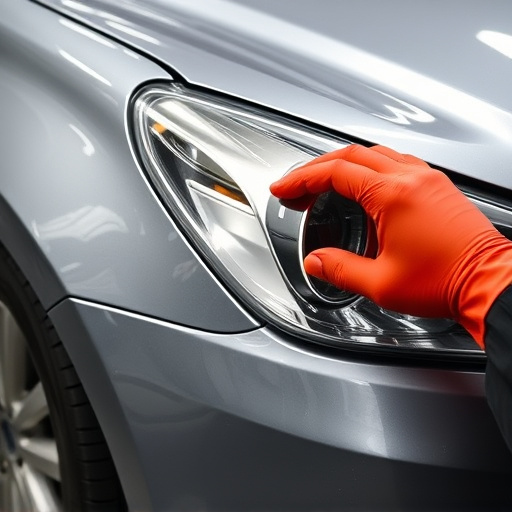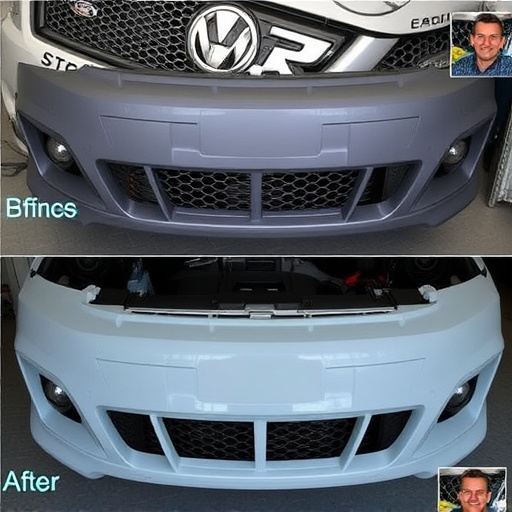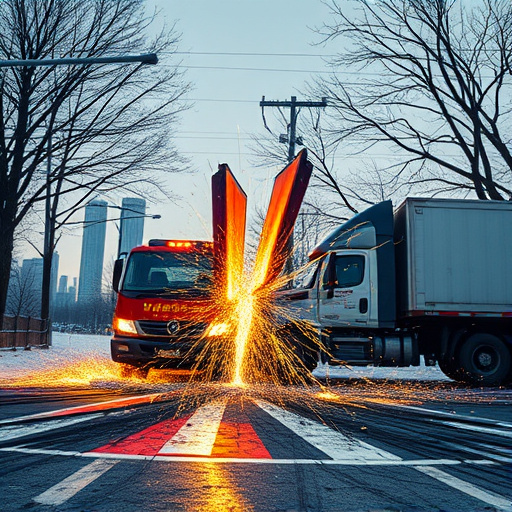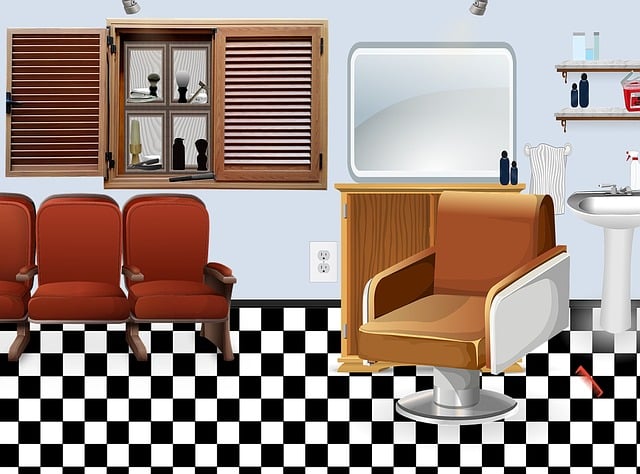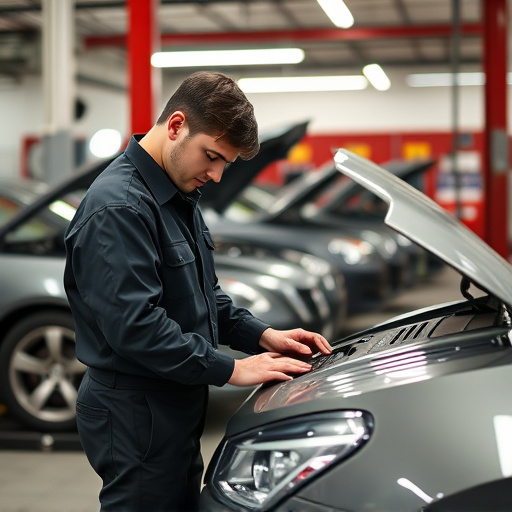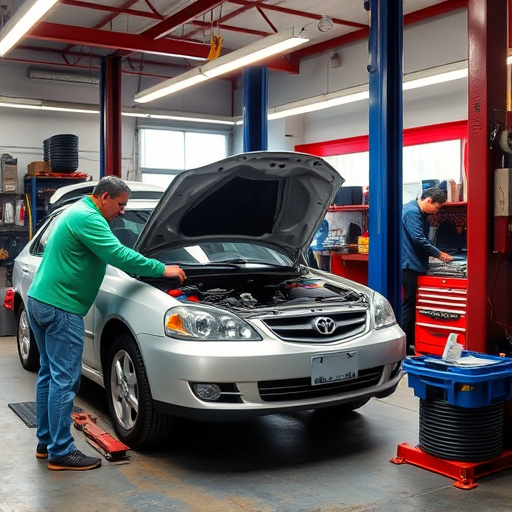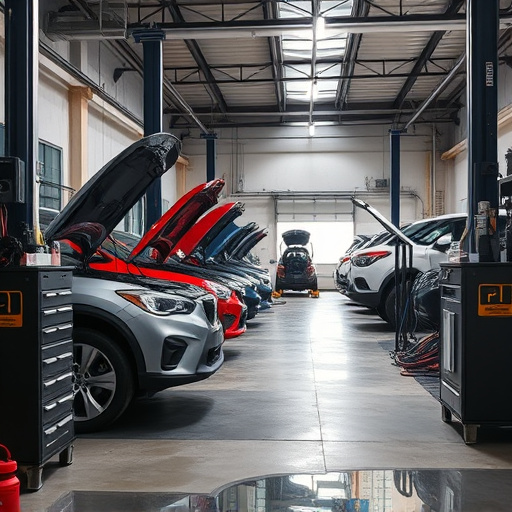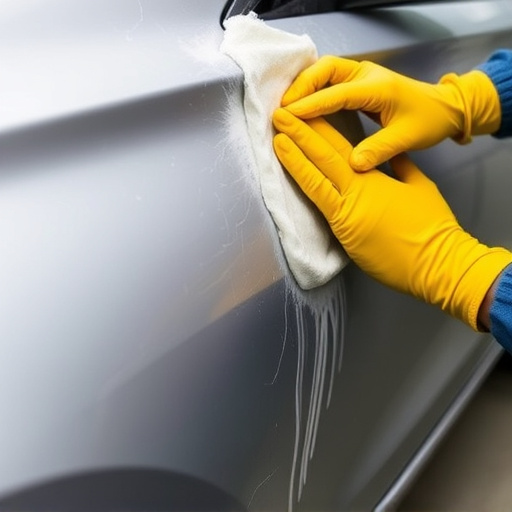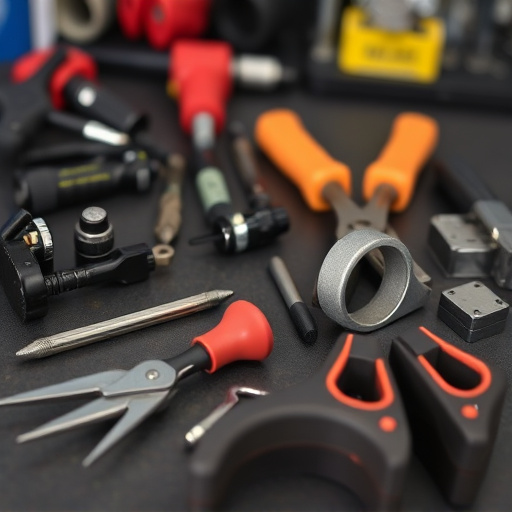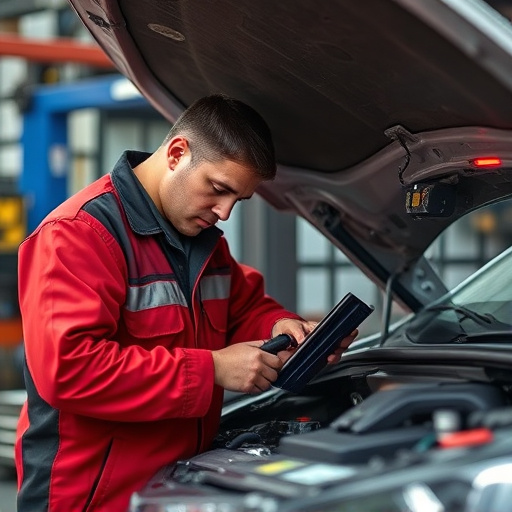Passenger van body repair combines skill and knowledge for safe, effective repairs that preserve structural integrity. The process starts with assessing damage using tools like pry bars and impact wrenches, then removes/replaces damaged panels, realigns frames (e.g., through frame straightening), and fits new parts precisely. Professionals use specialized tools, from high-pressure washers to paints and primers, enhancing aesthetics while boosting safety and performance. Common van damage includes dented panels, scuffed paint, broken trim, fender damages, and rust spots. Regular maintenance and a well-equipped toolkit (including hammers, dolly pulls, clamps, safety gear, and measurement tools) are crucial for achieving high-quality passenger van body repair results.
“Mastering the art of passenger van body repair is a valuable skill for any automotive enthusiast or professional. This comprehensive guide delves into the intricacies of repairing these versatile vehicles, offering advanced tips to elevate your craftsmanship. From identifying common damage types specific to vans to understanding the latest tools and technologies, you’ll learn effective strategies.
We’ll provide step-by-step instructions for complex repairs, ensuring precision and top-quality results. Additionally, discover maintenance practices to extend the longevity of your work and resources for continuous learning. Elevate your passenger van body repair skills today.”
- Understanding the Basics of Passenger Van Body Repair
- – Identifying common damage types in passenger vans
- – Tools and equipment needed for repair
Understanding the Basics of Passenger Van Body Repair
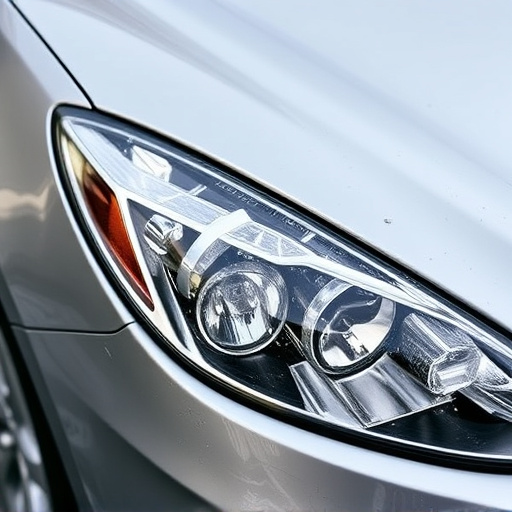
Passenger van body repair is a specialized skill that involves restoring damaged vehicles to their original condition. Before tackling any repair job, it’s essential to grasp the fundamentals of this process. Understanding the basic principles ensures safe and effective repairs, preserving the structural integrity of the vehicle. The first step is assessing the damage—inspecting the panels, frame, and underbody for cracks, dents, or misalignments. This involves using tools like pry bars and impact wrenches to gently pull and adjust damaged parts back into place.
Once the initial assessment is complete, technicians can begin the repair process, which often includes removing and replacing damaged panels, realigning frames through techniques like frame straightening, and ensuring precise fitting of new parts. Auto body repair professionals employ a range of tools and equipment tailored for passenger van body repair, from high-pressure washers to specialized paints and primers. By combining technical proficiency with an eye for detail, these repairs not only enhance the vehicle’s aesthetics but also contribute to its overall safety and performance on the road.
– Identifying common damage types in passenger vans
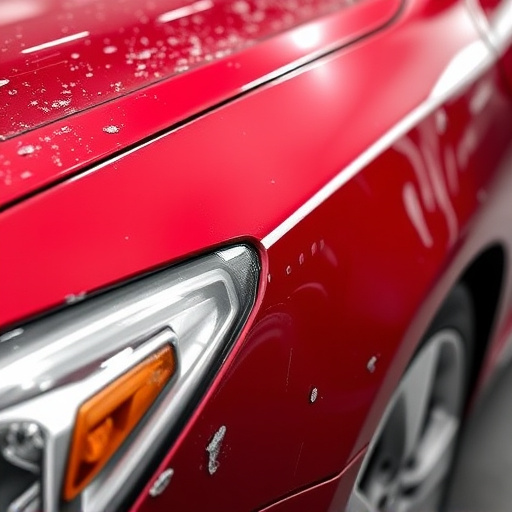
Passenger vans, due to their frequent use and exposure to various driving conditions, often experience specific types of damage. Common issues include dented panels, scuffed or scratched paint, and broken or missing trim pieces—often caused by narrow spaces and low-clearance obstacles in parking lots or during loading/unloading. Additionally, fender damages, ranging from small dents to significant deformities, are prevalent due to collisions with other vehicles or road debris.
Another area of concern is the van’s frame, which may suffer from rust spots, especially around wheel arches and lower body panels. Regular exposure to moisture, salt, and other environmental factors accelerates corrosion, necessitating prompt auto collision repair. Moreover, proper auto maintenance plays a crucial role in preventing these issues, with regular inspections and timely repairs ensuring optimal passenger van body repair and longevity.
– Tools and equipment needed for repair
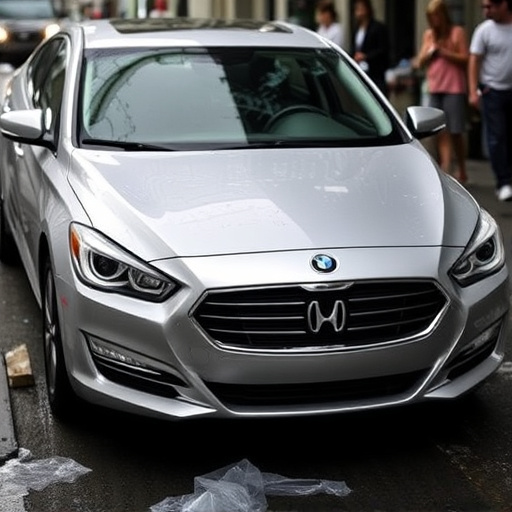
When tackling passenger van body repair, a well-equipped toolkit is your secret weapon. The process demands precision and the right tools to ensure high-quality results that match the van’s original condition. Essential items include specialized body repair hammers, dolly pulls, and clamps for precise panel removal and replacement. Don’t forget protective gear like gloves and safety glasses to shield against debris and chemicals.
Additionally, a versatile set of hand tools such as screwdrivers, wrenches, and pliers will come in handy for intricate adjustments and tightening. For accurate measurements and straight lines, invest in a good quality tape measure and angle gauge. Lastly, consider acquiring an air compressor and paint equipment if you plan to perform the repair yourself or want to achieve professional-grade finishes, enhancing your auto maintenance capabilities and potentially saving costs at collision repair shops.
Passenger van body repair is a specialized skill that requires knowledge and the right tools. By understanding the common damage types and equipping yourself with the necessary tools, you can efficiently address and resolve various issues in passenger vans. Remember, proper repair techniques not only ensure the safety of passengers but also contribute to maintaining the vehicle’s overall value. With these advanced tips, you’re now better equipped to navigate the process of passenger van body repair.
